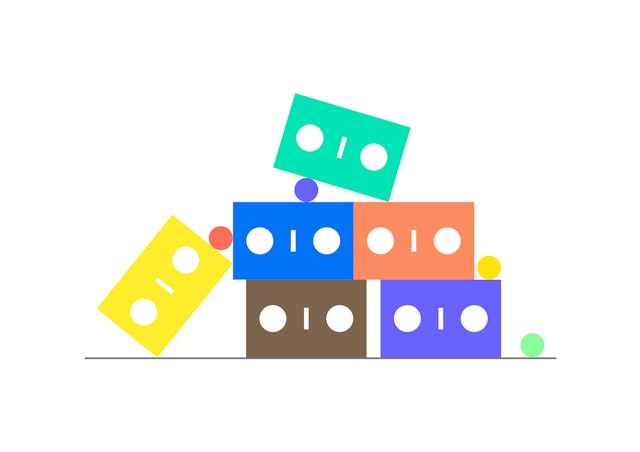Giving Virtual Reality Less Fidelity and More Purpose
Commentary — Mar 23, 2017Jody Hudson-Powell explains why he's created a symbol for web-based virtual reality.
It goes without saying that both virtual reality and augmented reality are going through a period of exponential growth, with the International Data Corporation predicting that the market will grow from $5.2 billion in 2016 to more than $162 billion in 2020. This can be attributed to a number of things, one of which is mobile companies like Samsung and HTC being eager to use and introduce VR into the every day of consumers lives.
But the device-driven VR land grab is coming with a consequence - flat innovation and fragmented user experiences. In their eagerness to gain a competitive edge, these hardware manufacturers are brickwalling content and creating purely proprietary products, which can only be used with VR programs purchased from affiliate app stores.
This obsession with hardware stunts VR’s potential, with devices being designed to great specs, but with no content, shunting it into a delivery mechanism for gimmicky games with little real life utility.
To truly make VR a success, the industry needs to put more energy into creating meaningful relationships between users and VR. It's a shift from less fidelity to more purpose. Moving away from hardware, gaming and entertainment to an open and accessible internet landscape will give users the opportunity they need and want to get involved.
Back in the early 00's while studying an MSC in Virtual Environments I used to use VRML (Virtual Reality Modeling Language), it was the language of choice for building shared virtual worlds. At the time, it felt archaic set against a Macromedia Director and the then emerging Flash, but as VR reemerges, so should VRML.
And it is. When immersing myself in a recent VR project, I joined the WebVR Slack channel and stumbled on a thread discussing webvr.rocks, a repository for web VR information. Led by Mozilla VR web developers, fresh off Mozilla’s partially crowd-sourced rebrand by Johnson Banks, the site is a collection of information on creating immersive 3D, virtual reality browser experiences. Impressed by their ambition of making VR open source and people - rather than goggle - centric, I got in touch to ask if we could help.
Although we initially we thought about making a logo for webvr.rocks - and shared some speculative ideas for this on GitHub - we eventually decided to develop a more general icon for web-based VR. The result was a symbol based on a face, not goggles, that makes a clear statement - VR is about people, not hardware.
VR could be a transformative technology, but it needs people to achieve its potential. Most great tools and digital waterholes are platform agnostic, and that’s what’s holding VR back, it lacks the access that allows users to have meaningful shared experiences.
